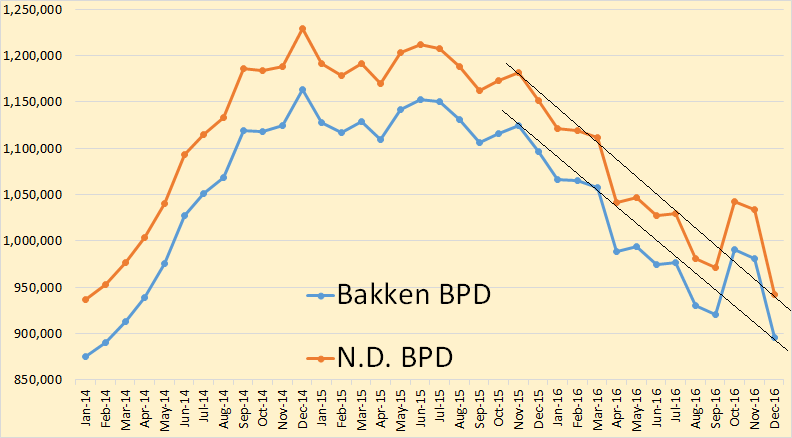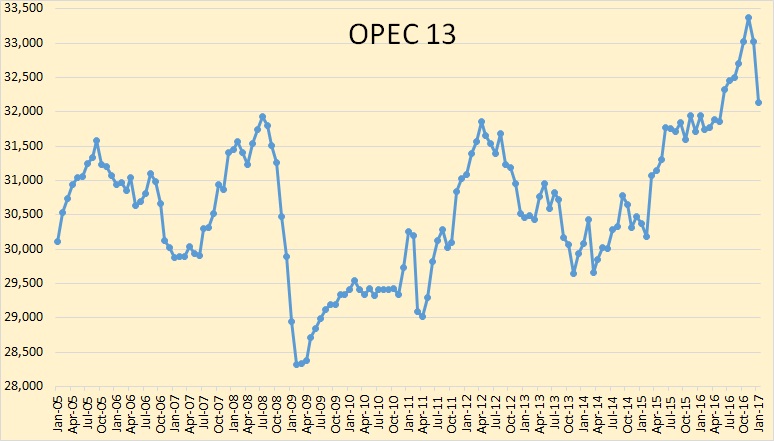Non petroleum comments in this thread.
Thanks
Non petroleum comments in this thread.
Thanks
SK is a professor emeritus in the department of Mechanical and Aeronautical Engineering at a Major University in the USA.
Corrections to the first three equations were made on Feb 25, 2017.
The report reviewed here claims to rely on thermodynamics arguments to predict oil’s price-volume trajectory going forward.
Classical Thermodynamic analysis
First a few lines about thermodynamic analysis. The early contributions to thermodynamics by Carnot, a military engineer by training, were based on study of heat engines. The same theme was followed by Clausius, Kelvin, Planck and others. The study of heat engines is still an important aspect of mechanical engineering and as such appears in engineering thermodynamic textbooks with one chapter devoted to the analysis steam power plants, and another on the thermodynamic cycles that model, spark ignition engines, diesel engines, and gas turbine power plants. Similar analysis is next extended to refrigeration cycles and performance of heat pumps. Read More
North Dakota has released December production data for the Bakken and for all North Dakota. They were a little shocking.

Bakken production down 86,150 barrels per day 895,330 bpd. North Dakota production down 92,029 bpd to 942,455 bpd. It was noted that this the largest decline ever in North Dakota production. But it should not be overlooked that the October in crease in production was also the largest ever increase in North Dakota production.
Comments not directly related to oil or natural gas should be posted in this thread. Thanks.
The new January OPEC Monthly Oil Market Report is out with crude only production numbers for January 2017. All charts are in thousand barrels per day.

OPEC crude oil production dropped to 32,139,000 bpd in January. November production was revised upward by 68,000 bpd while December production was revised downward by 56,000 bpd. So Peak OPEC production was in November 2016 instead of December as they had it last month.
Officially OPEC agreed to cut production by 1.2 million barrels per day beginning in January. So OPEC missed their mark by 310,000 barrels per day.